20 Lessons From The 1940s That Would Make Life Easier Today

The 1940s — an era stitched together with grit, grace, and good old-fashioned elbow grease. Born from wartime resilience and Depression-era practicality, this decade didn’t just survive; it thrived on doing more with less. And guess what?
Many of those so-called “old-fashioned” habits? Still total life hacks in 2025. Whether it’s darning socks instead of doomscrolling, growing your own tomatoes instead of panic-buying kale, or actually sitting down for dinner without a screen in sight, the ‘40s knew what was up.
So, fasten your seatbelts (or better yet, tie your apron strings), as we time-travel back to an age of ration books, Victory Gardens, and real-deal neighborliness.
We’re diving into timeless tips with a wink, a nod, and maybe a giggle or two. These aren’t just survival skills — they’re sanity savers. Because sometimes, the best way forward is with a little wisdom from way back when.
1. Fix It, Don’t Toss It
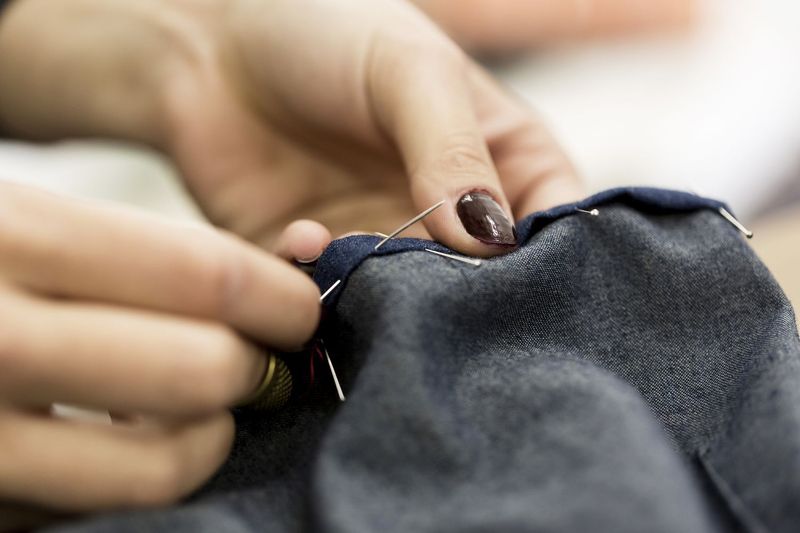
Back in the day, if something broke, you fixed it. Your grandma knew how to stretch a sock’s lifespan longer than some marriages. Yes, in a world without fast fashion, every piece of clothing had its journey. Each button sewn back was a badge of honor, a triumph over the throwaway culture.
I remember my grandmother’s sewing kit, a treasure chest of colorful threads and mysterious tools. It wasn’t just about saving money; it was about valuing what you had. The satisfaction of fixing something with your own hands — now, that’s priceless.
In today’s world, we can take a leaf out of that book, or rather, a stitch. Next time your shirt loses a button, channel your inner 1940s fashionista. It’s time to revive the art of mending, one patch at a time. Besides, who doesn’t love a good DIY project?
2. Grow Your Own Food
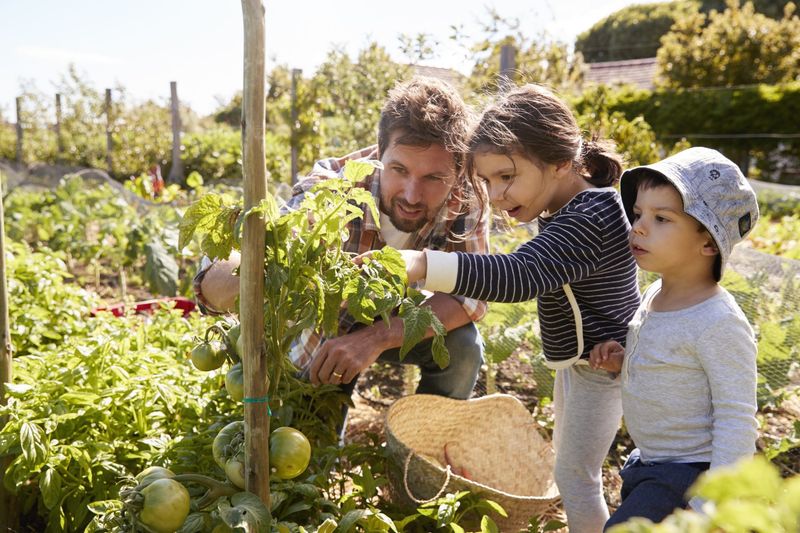
Victory gardens weren’t just patriotic; they were practical. My grandpa always said, “Lettuce doesn’t ghost you like a food delivery app.” Back then, having your hands in dirt was as common as having them on a smartphone today. The joy of seeing a tomato turn from green to red — now, that’s real-time satisfaction!
Gardening was more than a hobby; it was a lifeline. Let’s be honest, there’s something special about biting into a carrot you grew yourself. It’s a lesson in patience, responsibility, and flavor. Today, we can reclaim that satisfaction.
Whether it’s a windowsill herb garden or a couple of pots on the patio, growing your own food is a rewarding endeavor. Plus, it’s an excellent excuse to wear a straw hat without judgment. So go ahead, plant something — your taste buds will thank you.
3. Cook from Scratch

Cooking from scratch was the norm. No additives, no apps, just butter, flour, and a sprinkle of love. My mom’s kitchen was always filled with the aroma of fresh bread. It was like living in a bakery, minus the cash register. Preparing meals this way meant knowing exactly what went into your food, and nothing tasted better than a dish made with care.
In today’s fast-paced world, we often forget the joy of creating something from scratch. Next time you’re contemplating takeout, consider unrolling the dough instead. Not only is it healthier, but it’s also an opportunity to bond with family in the kitchen.
Plus, kneading dough is surprisingly therapeutic! Cooking from scratch is a delightful dance of flavors and a celebration of life’s simple pleasures. Let’s rediscover this culinary charm, one delicious bite at a time.
4. Respect Quiet Time

No phone buzzes, no endless notifications; evenings were for reading, thinking, or chatting face-to-face. My dad always cherished the quiet moments in our living room, claiming it was his zen zone. Imagine a world where the only chirps were from crickets, not smartphones.
It was a time to unwind, reflect, and recharge. Today, silence is rare, and that’s a pity. Carve out some quiet time for yourself. You might find the peace and clarity you’ve been missing. Turn off the gadgets, pour a cup of tea, and lose yourself in a good book or simply enjoy the silence.
It’s amazing what a little tranquility can do for the soul. Let’s embrace the calm and make peace with the quiet. Who knows? You might even enjoy your own company. Silence truly is golden, and in this case, priceless.
5. Know Your Neighbors

Community wasn’t optional. If someone got sick, the block showed up with soup, not just a 🙁 emoji. My childhood was filled with block parties and shared laughter across picket fences. It was about knowing who lived next door and having someone to rely on.
Those bonds created a safety net, holding the fabric of community life together. Today, that sense of community can be revived. Step out, introduce yourself, and foster friendships that extend beyond digital screens.
Share a cup of sugar or a story, and build a network of support. It’s surprising how a simple ‘hello’ can lead to lifelong friendships. Knowing your neighbors isn’t just nostalgic; it’s necessary. Let’s rebuild the neighborhood spirit, one smile at a time. After all, it’s much more fun waving at a neighbor than at a screen.
6. Walk Everywhere You Can

In the 1940s, if you needed to get somewhere, you laced up. The car wasn’t the default — it was a luxury. Walking wasn’t just exercise; it was a chance to soak in the surroundings. My grandpa swore by his daily stroll, claiming it kept his mind sharp and his heart young. Today, with cars and public transit at our disposal, walking often gets overlooked.
But there’s magic in a simple walk — a chance to clear your mind and enjoy the scenery. Next time you’re contemplating a drive for a short distance, consider using your feet instead. It’s a healthy habit worth reviving. Walking is not just good for the body; it’s food for the soul.
So, tie those laces and step into a healthier lifestyle. Who knows? You might discover something new along the way!
7. Make Do With What You Have

The motto was ‘use it up, wear it out, make it do, or do without.’ It was peak life skills, and my parents were masters at it. I remember their creativity in repurposing items that seemed destined for the trash. It wasn’t just about frugality; it was about ingenuity.
In a world flooded with ‘new and improved,’ learning to make do is liberating. It encourages creativity and helps us appreciate what we have. Next time something breaks, before rushing to replace it, consider how it might be fixed or repurposed.
Adopting this mindset can lead to a more sustainable lifestyle. Embrace your inner 1940s spirit and let’s make do! In the process, you might find that less really is more. It’s about seeing potential in the ordinary and turning it into something extraordinary.
8. Pack a Lunch
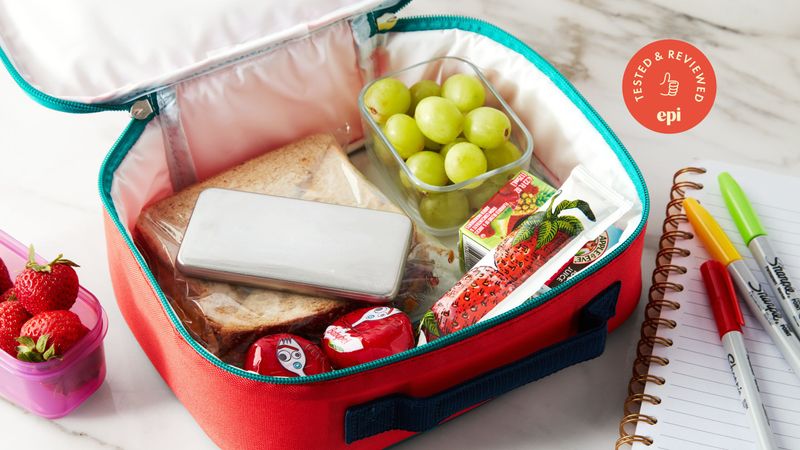
No $17 desk salads here. Just a tin box, a sandwich, and a thermos — economical and adorable. My school lunches, lovingly packed by my mom, were the envy of my classmates. There’s something delightful about opening a lunchbox filled with homemade goodness.
Packing a lunch isn’t just economical; it’s a little piece of home wherever you go. In today’s fast-paced world, taking time to prepare and pack a meal is an art worth preserving. It’s healthier, more economical, and a great way to minimize waste.
Plus, you can control what goes into your meals, ensuring they’re as nutritious as they are delicious. So, dust off that lunchbox and embrace the art of packing a lunch. It’s a small act that can lead to big savings and healthier choices. Bon appétit!
9. Be Punctual

If you were late, you better have been hit by a train. Time mattered — yours and theirs. My father’s pocket watch was more than a timepiece; it was his daily guide. Punctuality was a sign of respect and reliability. In today’s world, where schedules are fluid and time is often flexible, being punctual is a mark of professionalism and courtesy.
It shows you value others’ time as well as your own. So, next time you have an appointment, aim to be early. Set your watch a few minutes ahead if needed. Punctuality is a habit that pays off, building trust and dependability.
Let’s revive this golden rule of the past. After all, showing up on time is the first step to success. Remember, time waits for no one, so neither should you.
10. Save First, Spend Later

If it wasn’t in the cookie jar, you didn’t buy it. Credit cards? Never heard of her. My uncle used to say, “Money in your pocket is worth two on the credit card.” Savings were the security blanket everyone needed. Back then, people budgeted with precision, crafting every purchase with care.
The thrill of saving up for something special made the eventual purchase all the more satisfying. Today, that lesson rings true. It’s about appreciating what you have and making intentional choices. Why not bring back the piggy bank?
The jingle of coins is surprisingly satisfying. So, next time you’re tempted by an impulse buy, think twice. After all, a little patience can lead to richer rewards. Let’s revive the art of saving, one coin at a time. It’s not just about money; it’s about wisdom and foresight.
11. Practice Basic Civility

Yes, sir. No, ma’am. Please, thank you. Hold the door. Smile. You don’t have to mean it — just do it. Civility was the social currency of the 1940s. My parents believed that manners made the world go round. These small acts of kindness created a more pleasant, respectful society.
Today, a simple ‘thank you’ or a smile can brighten someone’s day and foster a culture of respect. Practicing civility doesn’t cost a thing, yet its value is immeasurable. Next time you’re out, hold the door for someone or offer a kind word.
It’s amazing how good manners can make a big difference. Let’s bring back the charm of the 1940s, one polite gesture at a time. After all, a little civility goes a long way in creating a harmonious community.
12. Write Real Letters
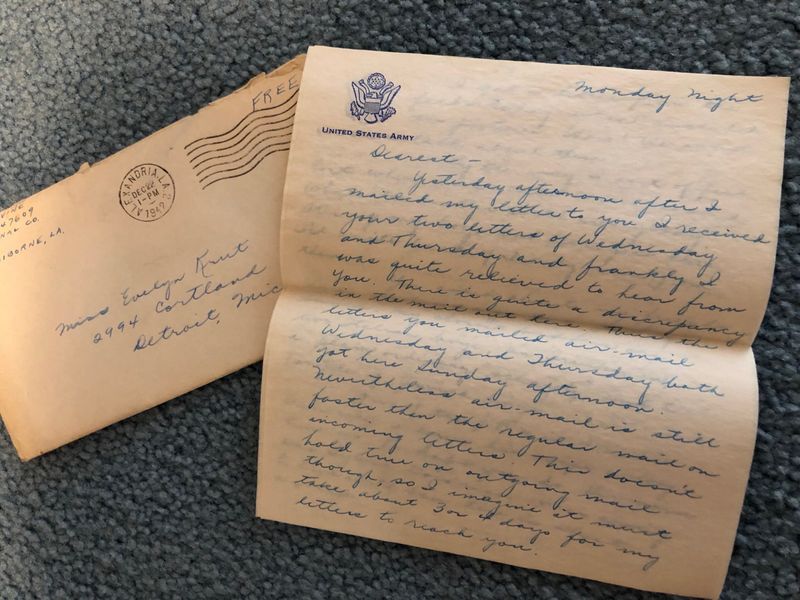
A handwritten note carried more weight than a thousand unread DMs. Ink was intimacy. My grandmother treasured letters from loved ones, each word a tangible connection. Back then, writing a letter was an art — thoughtful, deliberate, and personal.
Today, in a world of digital correspondence, a handwritten letter is a rare gem. It’s a meaningful way to show someone you care. Take some time to pen a letter to a friend or family member. The effort and sentiment will be appreciated more than you can imagine.
Plus, it’s a lovely way to slow down and reflect. Let’s revive the lost art of letter writing. It’s not just about communication; it’s about connection. So, dust off that stationery and let your pen do the talking. You might just make someone’s day a little brighter.
13. Share What You Have
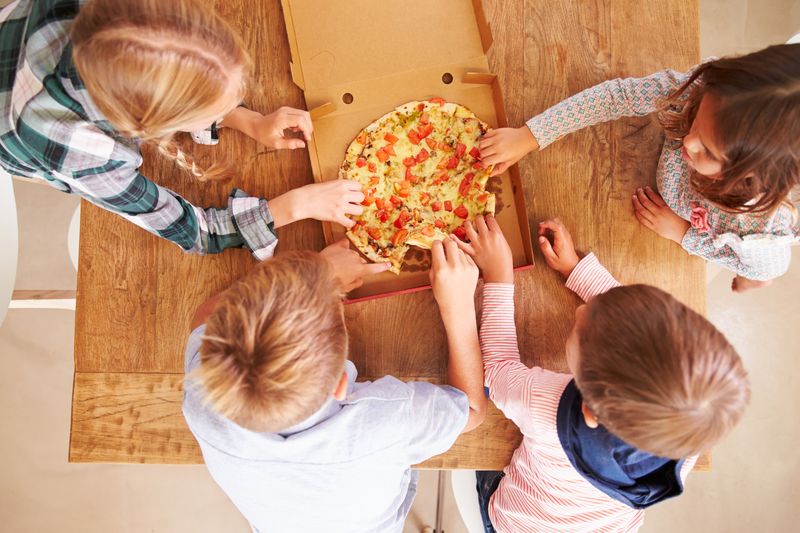
Rationing taught people to look out for each other — not hoard all the toilet paper. My family believed sharing was caring, especially when times were tough. Community meals and shared resources were the norm. It was a lesson in generosity and empathy.
Today, we can carry forward this spirit of sharing. Whether it’s lending a cup of sugar or volunteering your time, small acts of sharing make a big impact. It’s about building connections and strengthening community bonds.
Let’s embrace the kindness of the 1940s, one shared moment at a time. Remember, happiness is best shared, and sometimes, the smallest gesture can make the biggest difference. In a world of plenty, there’s always room to give a little more. Let’s make sharing a habit, not just a history lesson.
14. Keep a Tidy Home

You didn’t need a Pinterest board to care about dusting. Clean space, clear mind. My mother’s weekly cleaning routine was as sacred as Sunday brunch. She believed a tidy home was a happy home. Back then, cleaning was about pride and creating a welcoming space.
Today, with our busy lives, it’s easy to let housekeeping slip. But maintaining a tidy home has its perks — less stress, more clarity. A clean space can boost productivity and mood. So, roll up those sleeves and get cleaning!
Whether it’s tidying up a corner or doing a full spring clean, the effort is worth it. Let’s bring back the charm of a well-kept home, one dust-free surface at a time. After all, a little elbow grease can lead to a lot of peace. Who knew tidying up could be so refreshing?
15. Dress Like You Mean It

Even for errands, people presented themselves. Because looking put-together = feeling put-together. My grandparents always dressed their best, even for a trip to the corner store. It was about respect for oneself and others. Today, in our casual world, dressing up might seem old-fashioned, but it still holds value.
Dressing well can boost confidence and set the tone for the day. Next time you head out, put a little effort into your outfit. You might be surprised at how it changes your demeanor and interactions. Let’s embrace the style of the 1940s, one polished shoe at a time.
After all, fashion is what you buy, style is what you do with it. So, put on that outfit and strut your stuff. Looking good isn’t just about appearance — it’s about attitude.
16. Learn to Sew a Button
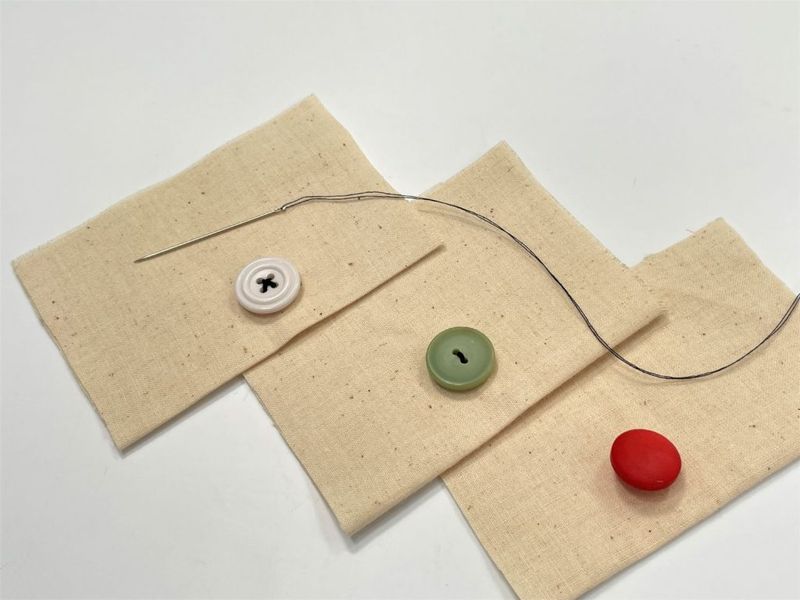
A small, mighty skill that somehow skipped a generation (or three). My mom always said, “If you can sew a button, you can fix anything.” It’s the little things that make a big difference. Back in the day, sewing was a life skill everyone had.
Today, knowing how to sew a button is empowering. It’s a reminder that small actions can have a big impact. Next time you lose a button, take a moment to stitch it back. It’s not just about fixing clothes; it’s about self-sufficiency.
Plus, it’s a great way to impress your friends! Let’s bring back this simple skill, one button at a time. After all, life is full of loose ends; learning to sew a button is just the start. So, grab that needle and thread — you’ve got this!
17. Don’t Waste Food

Leftovers weren’t just tolerated — they were strategized. Fridge Tetris was a survival art. In my house, wasting food was a serious no-no. My parents knew how to turn yesterday’s dinner into today’s feast. It was about resourcefulness and respect for what you had.
Today, in a world where food is plentiful, it’s easy to forget this lesson. But minimizing waste is more important than ever. Being creative with leftovers can lead to delicious new meals and reduce waste. Let’s revive the art of maximizing food.
It’s good for the wallet, the environment, and your culinary imagination. So, next time you see leftovers, see possibilities instead of problems. Remember, waste not, want not. It’s a lesson worth relearning and a lifestyle worth adopting. Who knew leftovers could taste so good?
18. Appreciate Silence

The hum of a radio, maybe. But mostly, they were fine with their own thoughts. My dad always said, “Silence is the canvas of the mind.” Back then, people embraced the quiet and found solace in stillness. Today, in a world filled with noise, silence is a gift we rarely give ourselves.
Carve out moments of peace in your day. Let your thoughts wander and your mind rest. It’s amazing what clarity and creativity can be born from silence. Let’s learn to appreciate the quiet moments, just like in the 1940s.
It’s not about doing nothing; it’s about being present. Who knows? You might find answers you’ve been seeking in the stillness. Silence truly is golden, and embracing it can lead to a more mindful, balanced life. So, shhh… and listen.
19. Use It Until It’s Dead

No upgrading your toaster every year. If it sparked but still toasted — it was good. My grandparents lived by the philosophy of using things to the last crumb. Back then, getting the most out of what you had was a matter of pride.
Today, in a throwaway culture, this lesson is a refreshing reminder to value longevity over novelty. Embrace the charm of well-worn items, and appreciate their stories. It’s not just about saving money; it’s about sustainability and gratitude.
Next time you’re tempted to upgrade, consider if it’s truly necessary. Let’s honor the past by using things until they’re truly done. After all, a little wear and tear adds character. Who knew an old toaster could teach us so much about life? Let’s toast to using things to their fullest.
20. Family Dinner Was Sacred

Not just a meal, but a rhythm. No phones, no distractions — just conversation, meatloaf, and maybe a little gossip. In my family, dinner was a daily ritual, a time to connect and share stories. It was about more than food; it was about togetherness.
Today, with our hectic lives, family dinners can easily slip away. But they’re worth preserving. Gathering around the table can strengthen bonds and create lasting memories. Make time for family meals, even if it’s just once a week.
It’s a simple act that brings joy and unity. Let’s revive the tradition of family dinner, one meal at a time. After all, food tastes better with a side of love and laughter. Who knew the secret ingredient to happiness was already at the table?
